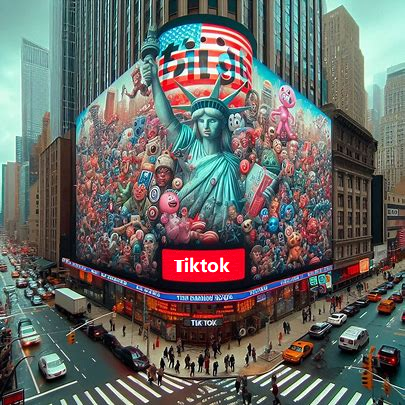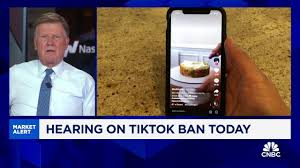The social media landscape in 2025 is marked by rapid technological evolution and shifting user preferences, leading to the emergence of innovative platforms that redefine digital interaction. While established giants like Facebook, TikTok, and WeChat continue to dominate, new players are carving out niches by leveraging cutting-edge technologies such as augmented reality (AR), virtual reality (VR), and hyper-personalized content algorithms. Below, we explore the most notable new entrants and trends shaping the social media ecosystem in 2025.
The social media landscape in 2025 is marked by rapid technological evolution and shifting user preferences, leading to the emergence of innovative platforms that redefine digital interaction. While established giants like Facebook, TikTok, and WeChat continue to dominate, new players are carving out niches by leveraging cutting-edge technologies such as augmented reality (AR), virtual reality (VR), and hyper-personalized content algorithms. Below, we explore the most notable new entrants and trends shaping the social media ecosystem in 2025.

1. Next-Gen Interactive Platforms: Bridging Real and Virtual Worlds
A standout among 2025’s new social media platforms is a rising star that has revolutionized user engagement through immersive features. This platform integrates live streaming, group creation, and topic-based discussions into a seamless interface, enabling users to connect in real time through diverse formats—text, images, videos, and even 3D environments. Unlike traditional platforms, it emphasizes community-driven content, allowing users to co-create events like virtual concerts or collaborative projects.
Key innovations include:
AR/VR Integration: Users can host meetings, parties, or educational sessions in customizable virtual spaces. For example, inspired by platforms like AltspaceVR and RecRoom (which saw user bases explode to over 5 million in 2024), this new entrant offers tools for designing avatars and interactive environments.
AI-Powered Personalization: Advanced algorithms analyze user behavior to recommend content, communities, and even potential collaborators, reducing information overload and fostering meaningful connections.
2. The Surge of VR Social Platforms
Virtual reality has transitioned from a niche technology to a mainstream social tool. Platforms like Horizon Workrooms (by Meta) and VRChat have paved the way, but 2025’s newcomers are pushing boundaries. One such platform focuses on education and professional networking, offering VR classrooms and virtual labs where users learn skills like surgery or engineering through immersive simulations. These platforms attract millions of users by blending social interaction with practical utility.
Market Growth: The global VR social market is projected to exceed $10 billion in 2025, driven by affordable hardware and richer content libraries.
Enterprise Adoption: Companies use these platforms for remote team-building, with features like virtual whiteboards and spatial audio enhancing collaboration.
3. Hyper-Localized and Niche Communities
Another trend is the rise of platforms catering to micro-communities based on shared interests, professions, or geographic locations. For instance, a new app targets amateur chefs by combining recipe sharing with live cooking classes, while another connects local artists for collaborative projects. These platforms thrive by offering tools like:
Geo-Tagged Content: Users discover events and peers within their neighborhoods, fostering offline meetups.
Monetization Features: Creators earn through tips, subscriptions, and branded partnerships, mirroring the success of TikTok’s creator economy.
4. Ethical Design and Privacy-Centric Models
Amid growing concerns over data misuse, several 2025 entrants prioritize transparency and user control. One platform employs blockchain to decentralize data storage, allowing users to own and monetize their content directly. Others adopt "privacy-by-design" frameworks, such as end-to-end encryption for messages and anonymized analytics for advertisers.
5. Challenges and Future Outlook
Despite their promise, new platforms face hurdles:
Content Moderation: Balancing free expression with safety remains complex. AI-driven moderation tools are increasingly used to flag harmful content, but ethical dilemmas persist.
Market Saturation: With thousands of apps vying for attention, longevity depends on continuous innovation. Analysts predict consolidation, where niche platforms merge with larger ecosystems.
The social media revolution of 2025 is defined by diversity—in technology, user experience, and community focus. New platforms succeed not by replicating giants but by addressing unmet needs: deeper immersion, tighter privacy, and hyper-relevant content. As AR/VR matures and AI grows smarter, the line between digital and physical socializing will blur further, opening unprecedented opportunities for connection and creativity.



